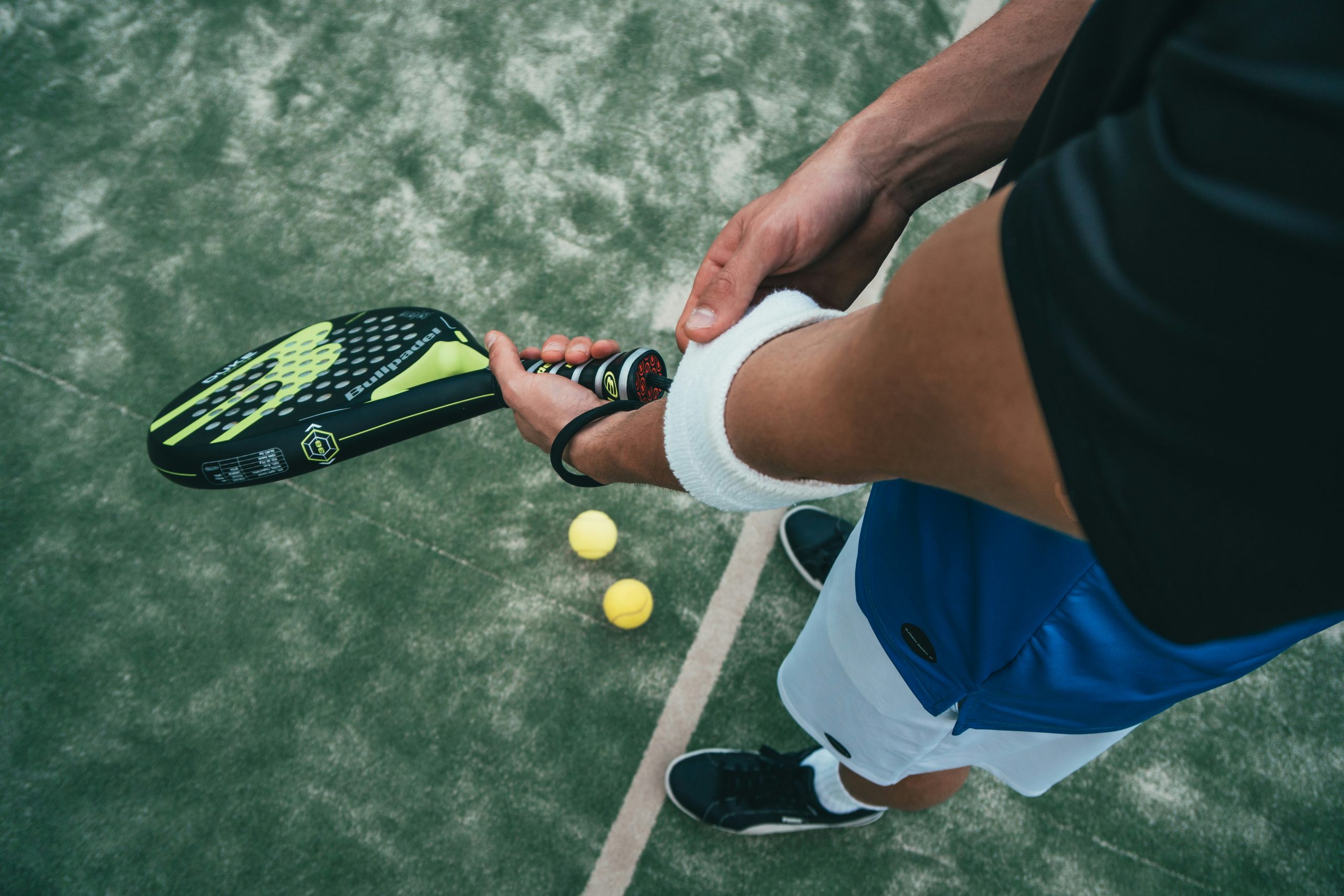
Innovations in Sports Medicine Treatments
Sports medicine has witnessed significant advancements in recent years, revolutionizing the way athletes are treated for injuries and enhancing their overall performance and recovery. These innovations encompass various aspects of medical technology, rehabilitation techniques, and preventive strategies, aiming to optimize athletes’ health and well-being.
Advancements in Injury Diagnosis
One of the critical areas of innovation in sports medicine involves the diagnosis of injuries. Traditionally, imaging techniques such as X-rays and MRIs have been pivotal. However, newer technologies like ultrasound and CT scans provide clearer and more detailed images, aiding in more accurate diagnosis of soft tissue injuries such as ligament tears and muscle strains.
Furthermore, wearable technology has emerged as a game-changer in injury assessment. Devices like accelerometers and gyroscopes can track athletes’ movements in real-time, offering insights into biomechanics and identifying potential areas of stress or overuse before injuries occur.
Advanced Treatment Modalities
The treatment landscape in sports medicine has expanded with innovative modalities that accelerate healing and reduce recovery times:
- Platelet-Rich Plasma (PRP) Therapy: PRP involves injecting concentrated platelets from the athlete’s own blood into the injured area, promoting tissue repair and reducing inflammation.
- Stem Cell Therapy: Stem cells are used to regenerate damaged tissues, offering potential benefits in treating chronic tendon injuries and osteoarthritis.
- Minimally Invasive Surgery: Techniques such as arthroscopy allow surgeons to perform procedures with smaller incisions, leading to faster recovery and reduced risk of complications.
Rehabilitation and Recovery
Rehabilitation protocols have become more personalized and evidence-based, integrating innovative approaches:
- Virtual Reality (VR) Rehabilitation: VR technology is used to simulate environments and movements that aid in rehabilitation, improving coordination and reducing recovery times.
- Cryotherapy: Whole-body cryotherapy and localized cryotherapy techniques help reduce muscle soreness and inflammation post-exercise or injury, facilitating quicker recovery.
Preventive Strategies
Preventing injuries is as crucial as treating them. Sports medicine has embraced preventive strategies supported by cutting-edge technologies:
- Biomechanical Analysis: High-speed cameras and motion capture systems analyze athletes’ movements, identifying biomechanical flaws that could lead to injuries.
- Smart Textiles: Fabrics embedded with sensors monitor vital signs and muscle activity, providing real-time feedback to athletes and coaches during training sessions.
Case Studies and Real-World Applications
Examples of these innovations in action can be seen in elite sports leagues and tournaments worldwide:
“In the NFL, teams have adopted wearable technology to monitor players’ fatigue levels and injury risks, allowing coaches to adjust training loads and schedules accordingly.” – Sports Medicine Specialist
Additionally, individual athletes like tennis players and track athletes have benefited from advancements in injury prevention and rehabilitation, enabling them to extend their careers and perform at peak levels.
Conclusion
The field of sports medicine continues to evolve with groundbreaking innovations that enhance both the treatment and prevention of sports-related injuries. By leveraging advanced technologies and evidence-based practices, sports medicine practitioners are not only helping athletes recover faster but also improving their overall performance and longevity in sports.
As research and technology progress, the future promises even more exciting developments in sports medicine, ensuring that athletes receive the best possible care to achieve their athletic goals.



